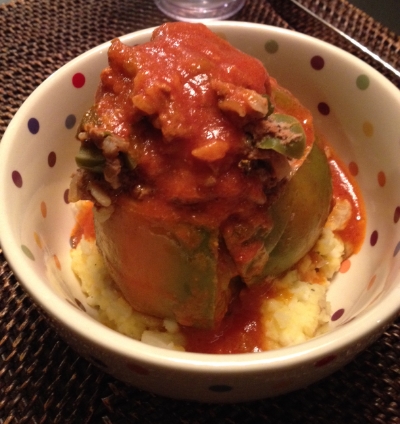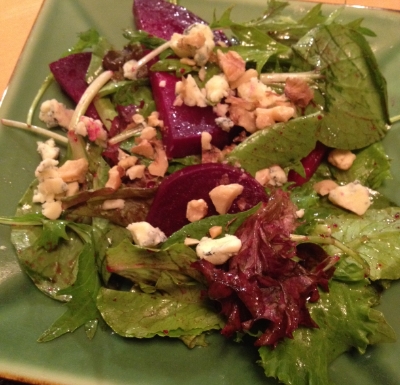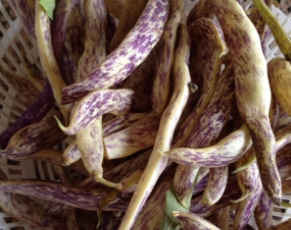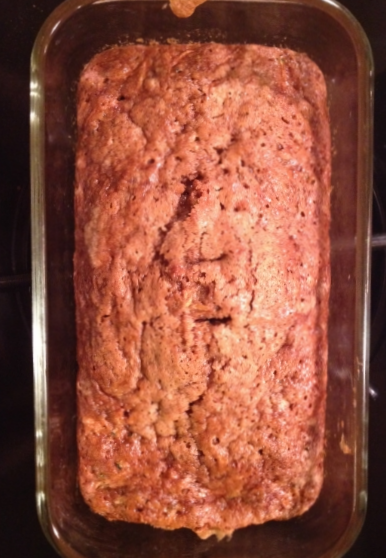Do you love collards or hate them? I love collards, even though my house smells a little funny for days after I cook them. If you haven’t ever made collards, you begin by washing the leaves in three changes of water and then cook them in chicken stock, vinegar (or hot sauce), a ham hock, salt, and pepper (or red pepper flakes if you used vinegar, rather than hot sauce). They take about two hours to cook down, so plan ahead.
After they’re eaten, save the leftover liquid, called potlikker, and use it to make soup. It might not look like much, but it will make the most amazing lentil or pea soup.
Accompanying this week’s collards were smothered pork chops and spicy sweet potato wedges. For several recipes this season, I’ve prepared a seasoning salt from scratch, and I’m eager to experiment and hopefully come up with a couple of my own blends. The seasoning for the sweet potatoes included coriander seeds, fennel seeds, dried oregano, red pepper flakes, and kosher salt.
Spicy sweet potatoes
The propane on my grill has been refueled, so I was looking forward to grilling my allotment of shishito peppers. Unfortunately, Chicago’s weather has been less than ideal for grilling—cold, windy, and often rainy. So instead, I sautéed the peppers. The result was reminiscent of the Padrón peppers I often order when I get tapas.
Simple shishito peppers, with salt, pepper, and a squeeze of lemon
Week 18 also included arugula, Brussels sprouts, shallots, acorn squash, French breakfast radishes, Italian Chioggia beets, popcorn on the cob, and leeks.
I roasted the Chioggia beets, which were then sliced and served with feta and arugula. Writing this blog has made me aware that I default to roasting beets. Maybe I’ll try to branch out with the next batch.
Beet salad
The acorn squash was roasted until tender then stuffed with spicy sausage, black beans, tomatoes, red peppers, chili powder, and cumin. I also made sautéed Brussels sprouts on the side. I slice the sprouts thinly and then cook them in a skillet with garlic, olive oil, salt, pepper, and sometimes red pepper flakes. The radishes were part of a white bean salad, and finally, potato, cabbage, leek, and sausage soup helped me catch up both on potatoes and on all previous boxes.











































